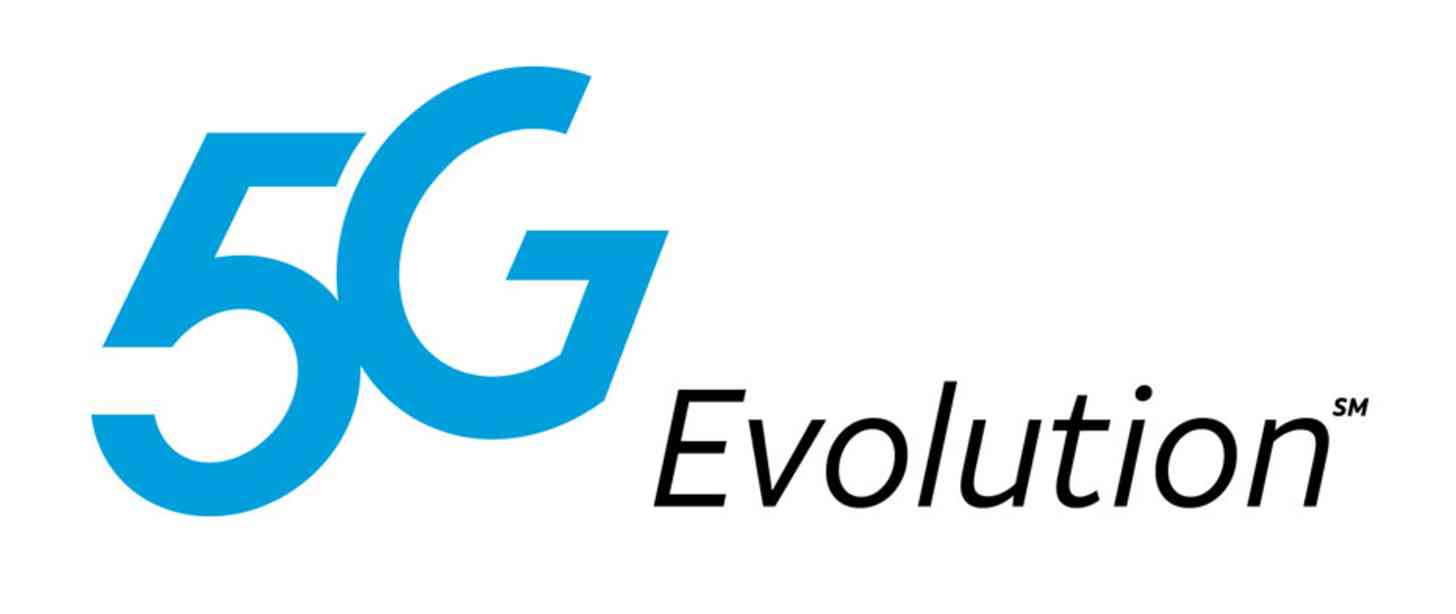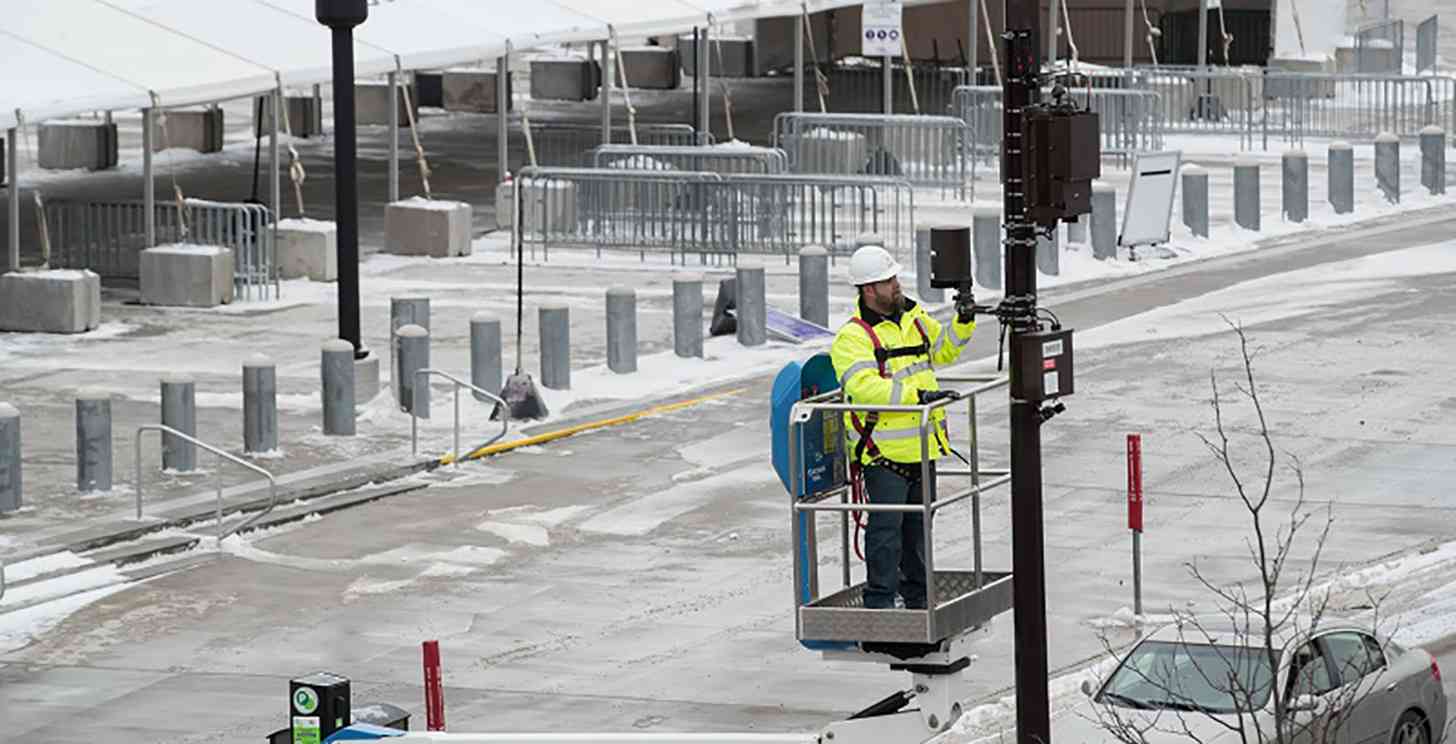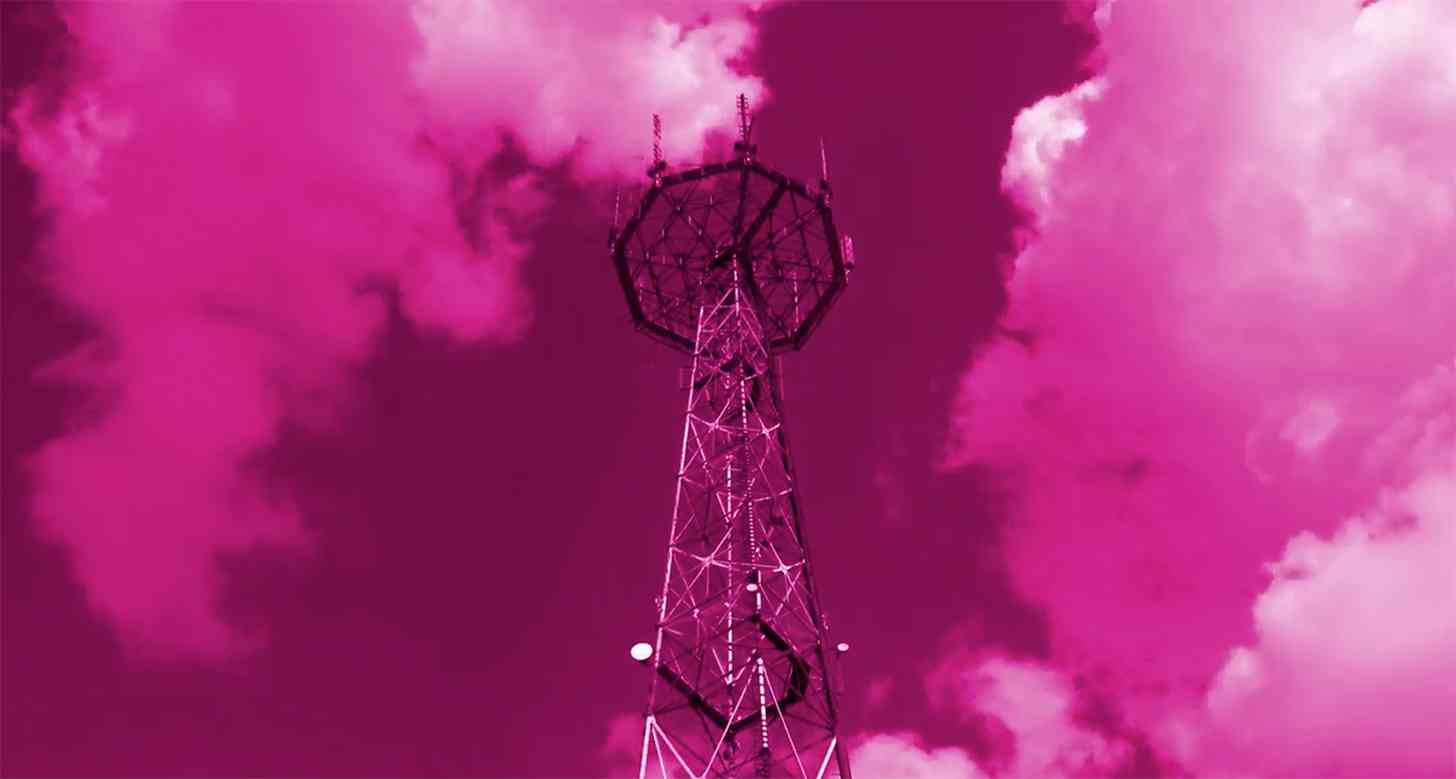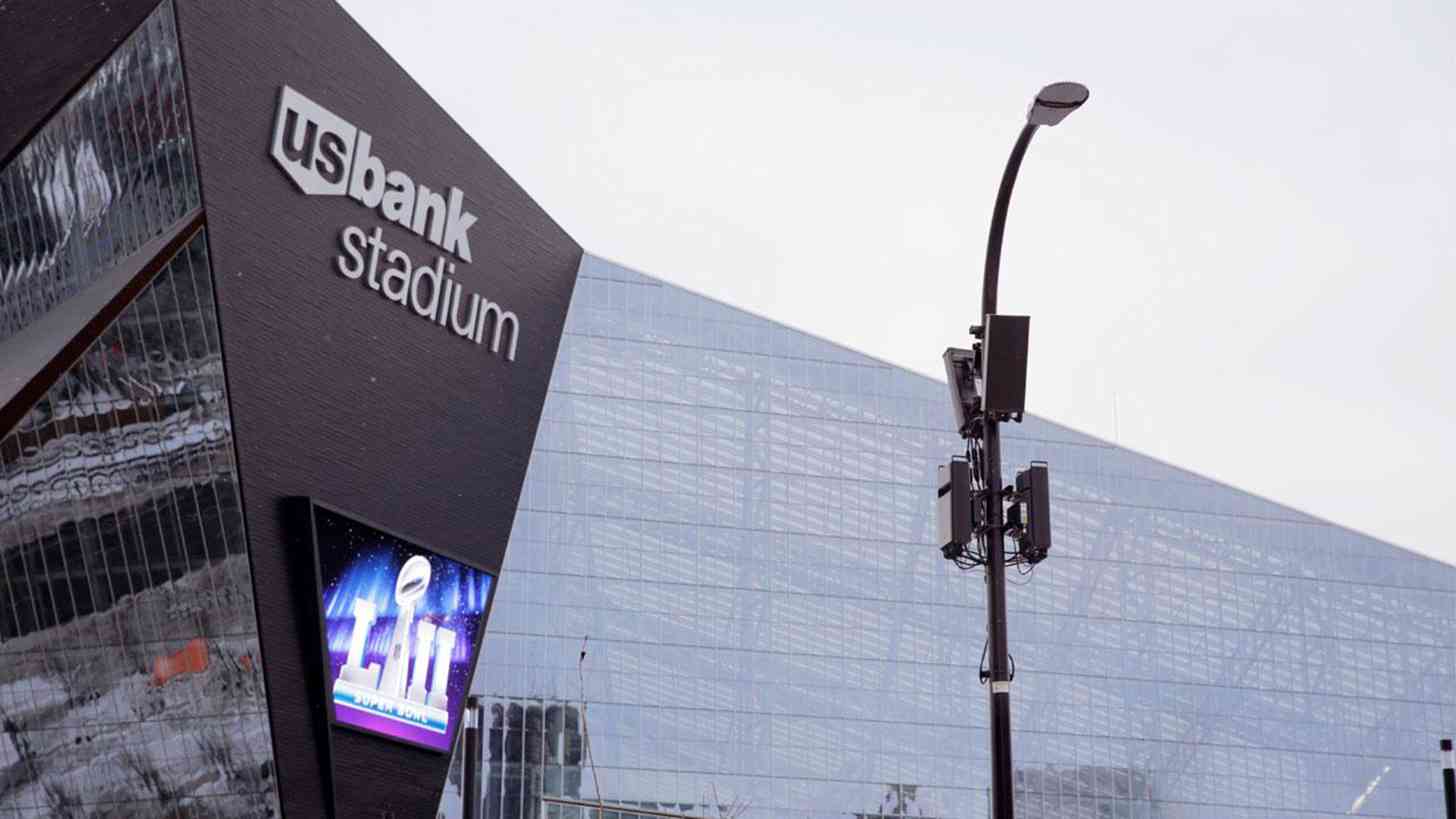
Now that Super Bowl LII is just a couple of weeks away, the major U.S. carriers have spilled the details on the network upgrades they've made in Minneapolis to help their customers stay connected during the big game.
AT&T announced late last year that it'll have its 5G Evolution service live in Minneapolis in time for the Super Bowl. 5G Evolution utilizes LTE Advanced technologies like carrier aggregation, 256 QAM, and 4x4 MIMO to offer faster speeds. The LG V30, Moto Z2 Force, Samsung Galaxy Note 8, Galaxy S8, Galaxy S8+, and Galaxy S8 Active all support AT&T's 5G Evolution service.

Sprint says that it's using three-channel carrier aggregation on nearly 400 2.5GHz cell sites across Minneapolis-St. Paul. It's also upgraded hundreds of cell sites across the Twin Cities to include 800MHz, 1.9GHz, and 2.5GHz, which can combine to offer LTE Plus coverage for faster speeds and better coverage.
Additionally, Sprint is deploying its Magic Box small cell in hundreds of locations across Minneapolis-St. Paul to boost indoor data speeds. Sprint has also added small cells around the parking lots of U.S. Bank Stadium and new indoor systems at venues around the stadium. Inside U.S. Bank Stadium is a new Distributed Antenna System (DAS) with more than 800 antennas.

T-Mobile touts that it's boosted network capacity by as much as 35x around Minneapolis-St. Paul, including a 30x boost at U.S. Bank Stadium. T-Mo has also doubled the amount of LTE spectrum in the Twin Cities and launched carrier aggregation, 4x4 MIMO, and 256 QAM to boost LTE speeds.
There are more than 120 small cells spread throughout Minneapolis-St. Paul to offer improved coverage and speed, and T-Mo says that these small cells can later support License Assisted Access for more capacity and faster speeds. There's also a Centralized Radio Access Network (C-RAN) inside U.S. Bank Stadium to help boost customer upload speeds by as much as 40 percent.

Verizon has rolled out network improvements to the Twin Cities and U.S. Bank Stadium, too. This includes 24 permanent cell sites, more than 230 permanent small cells, and LTE Advanced features for faster peak data speeds.
There's also 48 percent more antennas on Verizon's DAS at U.S. Bank Stadium, a DAS at Mall of America that boosts Verizon's network capacity by 900 percent, and a DAS at Minneapolis-St. Paul International Airport that adds 4G LTE coverage in tunnels and boosts network capacity throughout the airport by more than 1,000 percent.